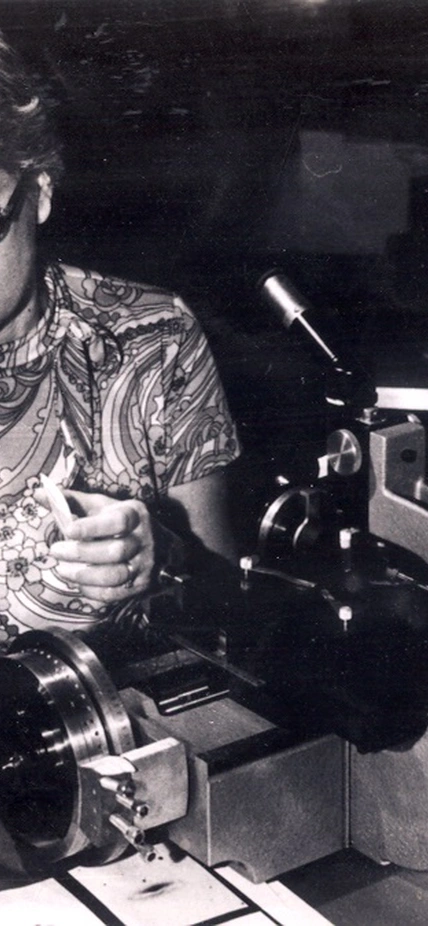Rubin received the National Medal of Science in 1993 for her “significant contributions to the realization that the universe is more complex and more mysterious than had been imagined.” She died in 2016.
Rubin revealed that stars at varying distances from the center of a spiral galaxy orbit at the same speed, rather than at slower speeds farther from the center and at faster speeds closer to it, as was expected. This surprising discovery confirmed the theory that each galaxy is embedded in a halo of dark matter.
“Vera challenged conventional thinking and transformed our understanding of the universe,” said Carnegie Science President Eric D. Isaacs. “We are proud that this next-generation observatory will be named in recognition of her contributions 50 years after she and her Carnegie colleague Kent Ford first published their landmark work on the rotation curves of galaxies, providing clear evidence for the existence of dark matter.”
The renaming initiative was spearheaded last June by the Chairwoman of the House Committee on Science, Space, & Technology, Rep. Eddie Bernice Johnson, D-Texas, and Rep. Jenniffer González-Colón, R-Puerto Rico, and was signed into law by the president on December 20.
The facility was designed to probe dark matter and dark energy, as well as the structure of our own Milky Way, among other pressing science questions, making it a perfect choice to bear Rubin’s name.
“Vera was not only a brilliant scientist whose groundbreaking discoveries are as relevant today as they were 50 years ago, she was also a tireless advocate for women in astronomy.” added Richard Carlson, Director of Carnegie Earth and Planets, where Rubin worked. “She mentored several generations of women in science. This honor will ensure that her legacy inspires many more.”
